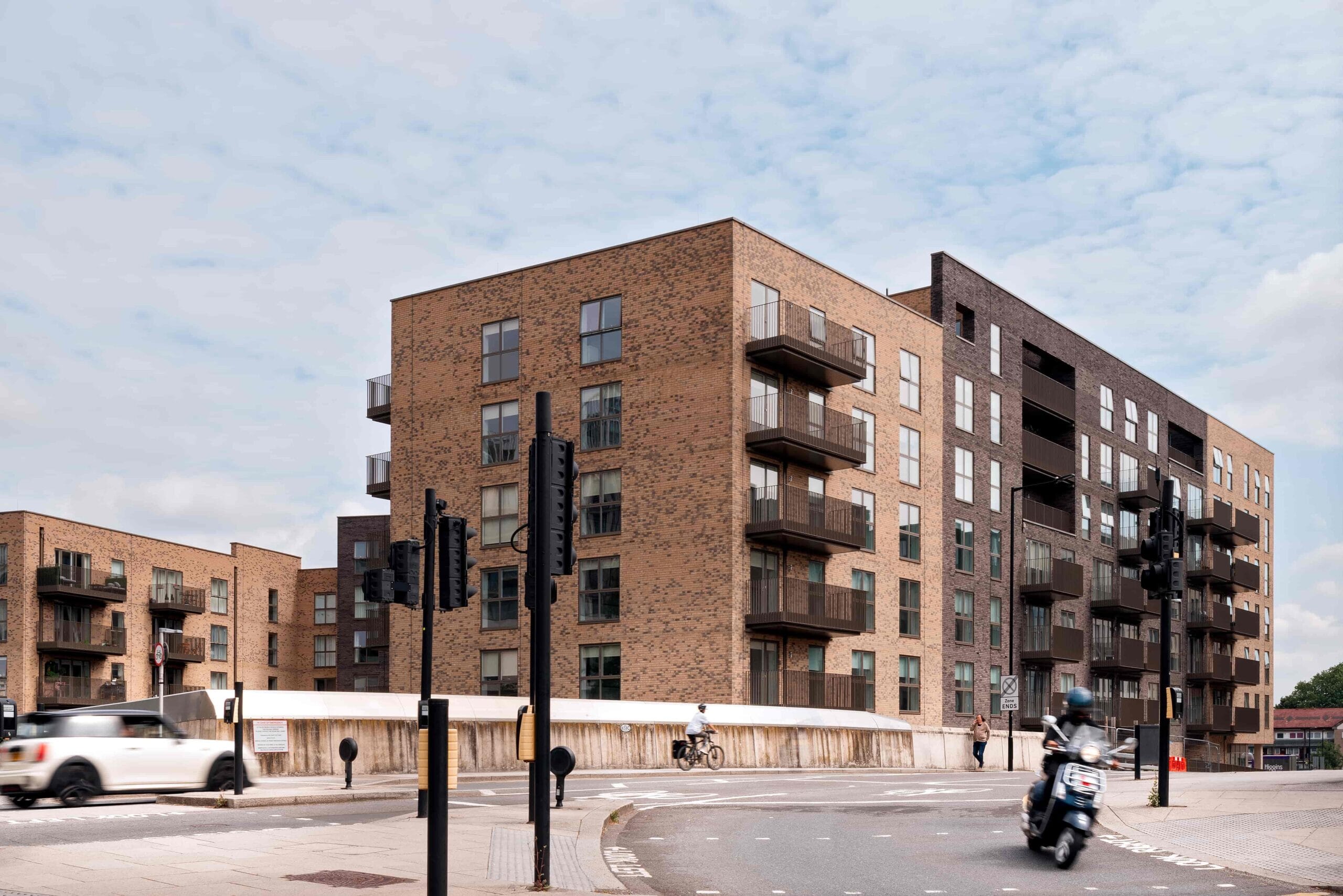HOME USER GUIDE
Support energy efficiency of new homes with clear, comprehensive Home User Guides


A Home User Guide (HUG) helps householders to maximise the energy efficiency of their home.
Produced by housebuilders for occupiers of all new dwellings, a HUG can help to reduce the performance gap between design intent and as built usage by informing occupiers how to operate their home in the most energy efficient way possible.
A User Guide must be specific to its property, with instructions covering both use and maintenance of ventilation heating and hot water systems.
Additionally, guidance should be given on any low carbon or renewable technologies within the property.
Our building performance specialists support housebuilders to develop comprehensive but clear, user-friendly guides.
Home User Guide – the regulatory requirements under AD-L
A Home User Guide must be created for all new residential developments, under the requirements of Part L of the building regulations (AD-L). This applies for homes in England and Wales, though HUGs are typically called a Home Energy Guide in Wales.
Creating home user guidance has long been a regulation for new housing developments. AD-L 2021 has updated this, requiring information on what the building services are, where they are located, what they can be used for and how to operate them, along with what maintenance is required for their upkeep.
Home User Guides (HUGs) can also hold the property’s Photographic Evidence, forming part of a larger Operation & Maintenance Manual for a new dwelling.
AD-L provides a template Guide for developers, although use of this particular document is not mandatory.
The final Guide must be provided in a durable format, typically digital, within five days of a property’s completion.


What should a Home User Guide cover?
A User Guide must be created for each property, containing non-technical advice on how best to operate and maintain the home in a healthy, energy efficient way. The guide must cover:
- Ventilation – advice for general ventilation measures and information or instructions for natural and mechanical ventilation units. This can be especially valuable for occupants unfamiliar with modern systems;
- Heating and domestic hot water – advice and instructions on operating heating and hot water systems. With more developers turning to the ‘newer’ heat pumps, simple guidance ensures efficient use and lower associated bills;
- Staying cool in hot weather – advice on maintaining safe, comfortable indoor temperatures;
- On-site electricity generation (where applicable) – information and maintenance guidance for units like photovoltaic (PV) solar panels.
Producing clear and accessible advice is essential to equipping householders with the knowledge and understanding to maximise the energy performance of their home. This not only bridges the gap between design intent and user behaviours but will also reduce householder’s bills and limit carbon emissions over time.


Our Home User Guide service
- Collect – Creating a Home User Guide template on behalf of the client, suitable to their dwelling type and services specifications. Collecting information on building services and overheating strategy – typically gathered during the SAP assessment process. Producing a draft version for review.
- Produce – Producing a final Home User Guide, including plot-specific variations, for housebuilders to pass to occupants and building control.


Ensure new homes are run efficiently and effectively.
Work with our specialists to develop clear Home User Guides.
Benefits of Home User Guides
A Home User Guide (HUG) delivers on both environmental and financial aims for new homes – preventing unnecessary use or loss of energy to keep carbon emissions and fuel bills low.
Some housebuilders also choose to use HUGs to communicate the wider credentials of their development, including information on local amenities and on-site facilities.
Crucially for developers, HUGs ensure compliance with AD-L building regulations.

